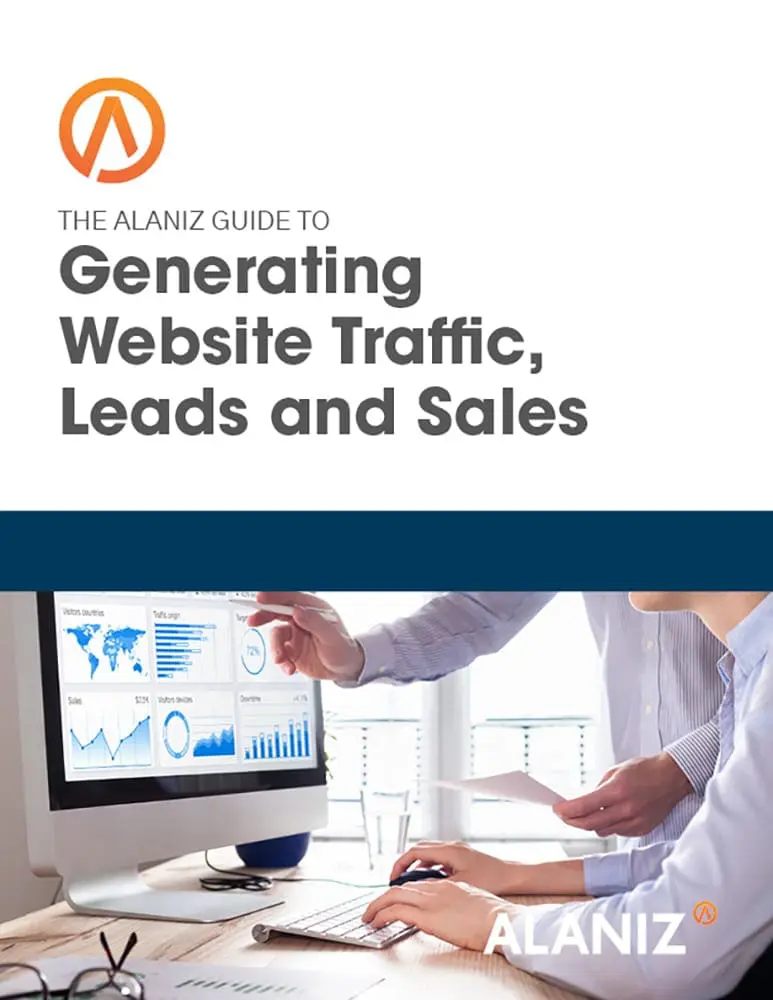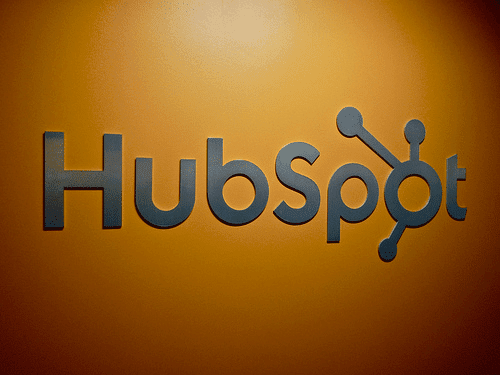This blog post is part of “The Ultimate Guide to Lead Generation” blog series.
Billions of dollars are made each year from online advertising. According to the Interactive Advertising Bureau, companies captured $23.1 billion from online advertising in the first half of 2014.* This is a record high and a 15% increase over 2013, which means the cat is out of the bag when it comes to the potential value of online advertising. You may be currently advertising online or considering doing so, but do you know if your advertising program is leading to similar revenue gains? By determining your costs and tracking your ad clicks all the way through the sales funnel, you can measure success to decide if online advertising is increasing your bottom line or squandering your time and money.
Costs
Nothing in life is free – including online advertising. The cost of online advertising is broken down into two parts: 1) the price of ad space and 2) the time you spend managing your advertising campaigns. In order to get your ad served to people, online advertisers bid on ad space. Online ad space can be found on almost any website and most social media platforms and is priced using a bidding system. In a nutshell, you bid on targeting metrics that are used to identify potential customers like keywords, topics, interests, and demographics. If you are the highest bidder, you win that ad space people see your ad. You are not charged until someone clicks on your ad and you can set a maximum daily spending amount so that you do not run through your budget in an afternoon.
The cost of campaign management is a matter of the time you and your staff spend on your advertising programs. Campaign management breaks down into three parts – creation, monitoring, and reporting – and varies greatly depending upon on the complexity of the campaign. A very simple campaign might involve running one ad on one platform while targeting one audience. A more complex campaign might mean running multiple ads on multiple platforms and targeting multiple audiences. The first scenario may only take an hour or so to set up and a couple hours a week to monitor and report. The second scenario may take weeks to create and as much as a full time job for monitoring and reporting. Planning, ad creation, targeting setup, analysis, and adjustments are all factors when evaluating the amount of time needed for campaign management.
Tracking
One of the best parts of online advertising is the ability to measure results. This is done by establishing goals and using web analytics to set up tracking capabilities. Trackable goals include increased website visits, number of downloads, more social media followers and, of course, increased sales. Web analytics platforms allow these goals to be measured with the use of tracking codes – and allow you to connect customer behavior to your ads. Most online advertising locations have built in web analytics platforms that allow you track the performance of ads run on their platforms. What can really harness the power of this information is to link your analytics to marketing automation platforms like Google Analytics, Hubspot, and SharpSpring. This allows you to connect responses to your ads to the future behavior of individual contacts, including tracking those who convert to customers. This enables you to look up your ad campaign and immediately see how many customers and how much revenue the campaign produced.
ROI
There are other benefits of online advertising, like building awareness of your company in your industry, but the ultimate measure of success is the return on investment (ROI). Once you know the costs of your advertising programs, and the revenue they produced, you can easily calculate the return on your advertising investment. This is one of the reasons online advertising is gaining so much traction among marketers–the ability to know how your advertising dollars are impacting sales.
Online advertising is not guaranteed to be successful, but by determining your input costs and tracking your efforts to measure results, you can decide if it’s right – or if it’s working – for you.
*http://www.iab.net/about_the_iab/recent_press_releases/press_release_archive/press_release/pr-102014
More On Online Advertising
How to Improve Retargeting With Inbound Marketing
Print Advertising vs. Digital Advertising: Which one is best for you?
Marketing Company vs. Advertising Agency – Which is Best for you?
Want to make the most of your online advertising efforts? Feel free to download our ebook on how to drive website traffic, leads, and sales.
This blog post is part of “The Ultimate Guide to Lead Generation” blog series.




